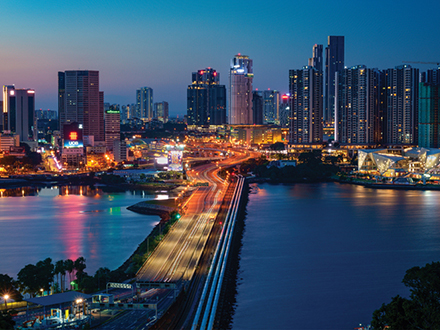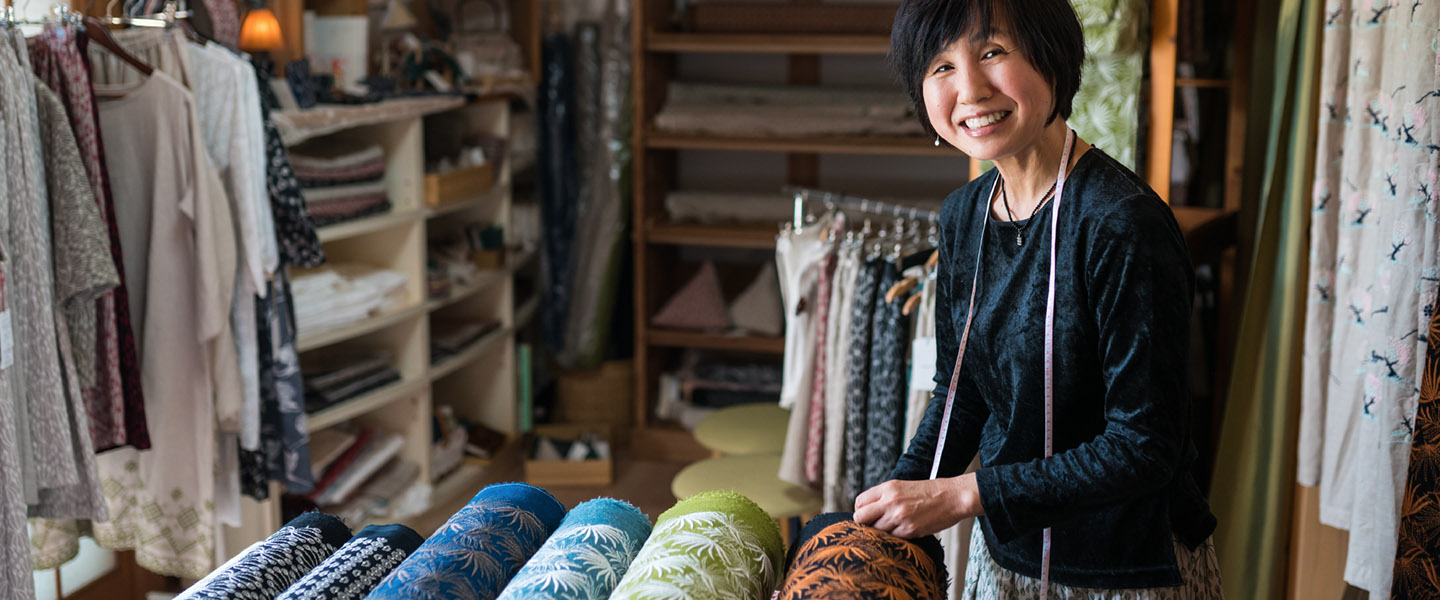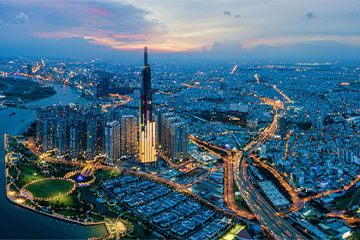Consumers in the Asia Pacific region are ready to spend. In 2020, the region represented two-thirds of global e-commerce spending. A key driver behind this trend was intra-regional exports – contributing 60 per cent of trade in the region, according to data from the United Nations Conference on Trade and Development (UNCTAD).
However, there is a common misconception that FTAs are only applicable to large businesses. In fact, small- to medium-sized enterprises (SMEs) may tap into this sizeable opportunity by leveraging FTAs to lower export costs and non-tariff barriers. If you are an SME, read on to find out how your business can benefit from recent agreements that actively protect smaller businesses.
What are FTAs?
A free trade agreement is a pact between two or more countries to reduce import and export barriers. These treaties grant preferential access to specific sectors of a country by exempting certain categories of businesses from customs duties and taxes.
FTAs help reduce non-tariff barriers to trade – the intangibles that may deter companies from expanding abroad. These include providing transparency and clear documentation via online facilities and avoiding duplication in testing or qualification requirements. Such arrangements can also reduce the time required for customs clearance by introducing a mechanism that allows for advanced classification of goods before shipping – reducing potential complexities at customs.
Exporters may even participate in the rule of law for product standards in the FTA partner country if none exist at that time. For instance, the Asia Pacific Economic Cooperation (APEC) Food Safety Cooperation Forum (FSCF) helps APEC countries harmonise food standards consistent with international standards. These standards are vital for more transparency in cross-border trade and protection of consumers in FTA partner countries.
To protect intellectual property, FTAs promote enhanced IP rights and encourage trade partners to adopt IP protections. This makes it easier for businesses to search, register and protect their brands and trademarks in new markets. For dispute cases with a host state, a company can seek recourse through a neutral avenue.
Some FTAs also offer intellectual property (IP) protection by allowing companies to file a single copyright or patent that applies across two or more countries. This helps technology companies safeguard against IP theft or piracy when exporting their know-how abroad.
How can ASEAN SMEs benefit from FTAs?
ASEAN, as a region, has six free trade agreements with China, India, Korea, Japan, Hong Kong, and Australia-New Zealand. There are also FTAs negotiated by individual ASEAN member countries with their major trading partners.
| Country |
Number of FTAs |
| Brunei |
10 |
| Cambodia |
7 |
| Indonesia |
12 |
| Lao PDR |
9 |
| Malaysia |
16 |
| Myanmar |
7 |
| The Philippines |
9 |
| Singapore |
26 |
| Thailand |
14 |
| Vietnam |
14 |
Table 1: Number of FTAs available in each ASEAN country. Source: Asia Regional Integration Centre, information extracted from website as of 20 August 2021
The ASEAN Free Trade Area (AFTA) covers trade in goods and services, and investments through three agreements:
- ASEAN Trade in Goods Agreement (ATIGA)
- ASEAN Framework Agreement on Services (AFAS)
- ASEAN Comprehensive Investment Agreement (ACIA)
ATIGA eliminates tariffs across virtually all major product lines, while AFAS provides market liberalisation across the widest coverage of service sectors in ASEAN, including professional services, telecommunications, financial services, computer and related services, distribution, and logistics services. The ACIA offers protection for investors and investments in ASEAN, helping to create a more transparent, facilitative and secure environment for investors.
The latest Regional Comprehensive Economic Partnership (RCEP) agreement has contributed to forming the biggest trade bloc. It has been signed by countries in the Asia Pacific region, involving all 10 ASEAN member countries, China, Japan, South Korea, Australia and New Zealand, covering 15 countries or 30 per cent of the world’s GDP.
One essential feature of RCEP is the concept of ‘regional cumulation’ in its rules of origin, whereby raw materials from any of the RCEP member countries can be used as originating content.
As a result, SMEs in ASEAN may enjoy direct access to larger markets in the region such as China. Moreover, with the new rules of origin, businesses can source raw materials from a larger pool of suppliers and still maintain a single certificate of origin. For example, a Singapore SME may source for products from the region, retain its Singapore certificate of origin, and take advantage of beneficial trade agreements in Singapore.
What businesses should consider when using FTAs
1. Approach the relevant government agencies and local partners
ASEAN’s member nations have different governing bodies that help support large companies and SMEs with FTA guidelines.
The Singapore Business Federation (SBF) assists local businesses to improve their global competitiveness through Singapore’s FTAs. There is a specialised team within SBF that conducts seminars and training to improve the understanding of FTAs, and also addresses any FTA-related enquiries or issues businesses may encounter under its one-stop advisory centre.
Indonesia has several agencies that are focused on specific areas of collaboration with FTA partner countries. The Indonesian Chamber of Commerce and Industry (Kadin) works with FTA-member nations to create training, research and assistance. An alliance between the Canada–Indonesia Trade and Private-Sector Assistance (TPSA) project and the Ministry of Trade Indonesia helps support Indonesian SMEs with various trade-related tools and information such as trade policy analysis, trade and investment promotion to Canada.
In Malaysia, the Ministry of International Trade and Industry (MITI) provides guidance for manufacturers or exporters looking to apply for a Preferential Certificate of Origin. In addition, MITI and the related agencies, MATRADE and SME Corp, regularly organise public outreach programmes around FTA updates.
2. Determine your product code before checking tariff rates
Every product traded internationally has a classification code. This code is based on the Harmonised System (HS), a standardised numerical method set up by the Customs Cooperation Council, renamed World Customs Organisation (WCO) to classify trade products. Customs authorities worldwide use the 6-digit HS codes to identify which tariffs apply to the product.
ASEAN member states align their HS-codes at the 8-digit level based on the ASEAN Harmonised Tariff Nomenclature. Border controls would impose tax and duties on products based on the HS code and these codes are reviewed by the World Customs Organisation once every five years.
3. Find the most relevant FTA for your target market
Singapore leads ASEAN in the number of FTAs it has with its major trading partners. Its 26 FTAs are with countries that collectively cover 90 per cent of the country’s trade. For some markets, there is more than one FTA; for instance, exporters to China can consider the ASEAN-China FTA, the China-Singapore FTA, and soon, the RCEP that is pending ratification.
4. Check your product’s Rules of Origin (ROOs)
Each FTA has its own set of Rules of Origin to determine whether the item has undergone sufficient processing in the origination country or was wholly obtained in a certain country under the FTA, to qualify for duty-free or lower duty benefits. Note that an item that qualifies for a certain FTA may not be able to qualify as an originating good in other FTAs.
ROO is FTA- and product-specific, so some products that qualify under an FTA can pay lower or no import tariff into another FTA-member country. Businesses that wish to acquire a certificate of origin will need to register with a customs agency in their home country.
| ASEAN member country |
Certificate of Origin (CO) issuing authority |
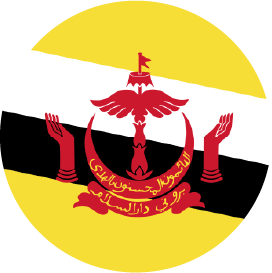 |
Brunei |
Ministry of Foreign Affairs and Trade |
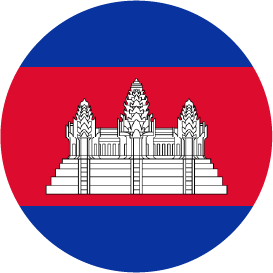 |
Cambodia |
Ministry of Commerce |
 |
Indonesia |
Ministry of Trade (Directorate General of Foreign Trade) |
 |
Lao PDR |
Ministry of Commerce (Directorate of Import and Export Office No. 1) |
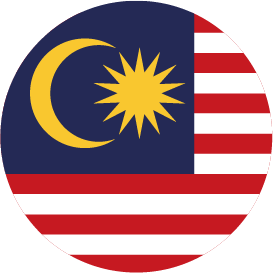 |
Malaysia |
Ministry of International Trade and Industry (Trade Services Division) |
 |
Myanmar |
Ministry of Commerce (Directorate of Trade) |
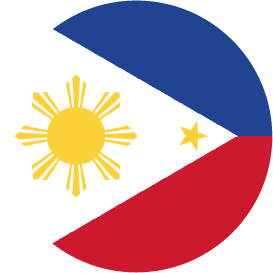 |
The Philippines |
Bureau of Customs (Export Coordination Division) |
 |
Singapore |
Singapore Customs (Documentation Specialist Branch) |
 |
Thailand |
Ministry of Commerce (Department of Foreign Trade) |
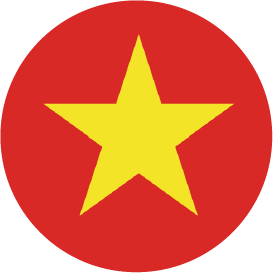 |
Vietnam |
Ministry of International Trade |
Table 2: Government bodies in charge of issuing a Certificate of Origin (CO). Please note that self-certification is accepted by all member countries. Source: ASEAN Briefing, Dezan Shira & Associates
For many of the FTAs in Singapore, exporters would need to register their manufacturing premises with the Singapore Customs, submit a manufacturing cost statement, and apply for a preferential certificate of origin through TradeNet. Some FTAs, such as the Comprehensive and Progressive Agreement for Trans-Pacific Partnership (CPTPP), Singapore-Australia FTA, and US-Singapore FTA, allow for self-declaration without the need to apply through Singapore Customs.
Common misconceptions around FTAs
There is a common belief that FTAs are only suitable for organisations that have existing multinational networks.
However, these multinationals are often able to serve a market that levies steep tariffs by sourcing from an affiliate in a third country that has a more favourable tariff agreement with the importing country. This reduces the need for assistance in the form of an FTA’s lower tariff arrangements.
SMEs often do not have this global network to draw upon. FTAs help lower these trade barriers by introducing favourable tariffs and streamlining documentation requirements. Standardisation of trading platforms also simplify rule of origin requirements and lower export costs to new markets.
Tariff arrangements may also make exports more competitive in FTA partner countries and enhance market protection for small businesses in key industries.
In fact, several pioneering FTAs are building more inclusive provisions to support SMEs. Given that SMEs form the backbone of the region’s trade, these FTAs assist SME exporters with trade education and trading programmes.
The CPTPP is one of the first FTAs to include a chapter on ensuring the protection of small businesses.
Such measures, coupled with active local promotion of FTAs by various government agencies, can ensure that SMEs benefit from Asia Pacific’s economic growth and strong intra-regional trade links.
UOB is a strategic partner of Singapore Business Federation (SBF) in the GlobalConnect@SBF initiative and supports the internationalisation activities of Singapore businesses in key overseas destinations in Asia, particularly the ASEAN region. UOB is also working with SBF to help businesses with any FTA-related enquiries or issues under its one-stop advisory centre.
This article shall not be copied, or relied upon by any person for whatever purpose. This article is given on a general basis without obligation and is strictly for information only. The information contained in this article is based on certain assumptions, information and conditions available as at the date of the article and may be subject to change at any time without notice. You should consult your own professional advisers about the issues discussed in this article. Nothing in this article constitutes accounting, legal, regulatory, tax or other advice. This article is not intended as an offer, recommendation, solicitation, or advice to purchase or sell any investment product, securities or instruments. Although reasonable care has been taken to ensure the accuracy and objectivity of the information contained in this article, UOB and its employees make no representation or warranty, whether express or implied, as to its accuracy, completeness and objectivity and accept no responsibility or liability for any error, inaccuracy, omission or any consequence or any loss or damage howsoever suffered by any person arising from any reliance on the views expressed and the information in this article.
About the authors
Lee Eng Keat is an Executive Director at Group Foreign Direct Investment Advisory, UOB. He is responsible for developing partnerships with government agencies, trade associations and professional service providers. These partnerships support the Bank’s efforts to help companies set up and to grow their operations as they tap opportunities across Asia.
Eng Keat brings over two decades of experience with the Singapore Economic Development Board (EDB) to UOB. During his time at EDB, he developed strategies to engage global logistics, utility and agrifood companies to drive their investments into Singapore.
Jason Lee is the Director for International Policy and Engagement at SBF, overseeing the FTA Education and Outreach function which conducts training for businesses and assists them in the utilisation of FTAs. He oversees international business advocacy, coordinating the Singapore business community’s participation at international platforms such as the APEC Business Advisory Council, Business20, and International Chambers of Commerce.
Prior to joining SBF, Jason represented Singapore at WTO and bilateral FTA negotiations as an expert on trade in goods. As an economic policy officer, he took part in UN negotiations and was an integral part of the team that concluded the 2015 Paris Agreement on climate change.
